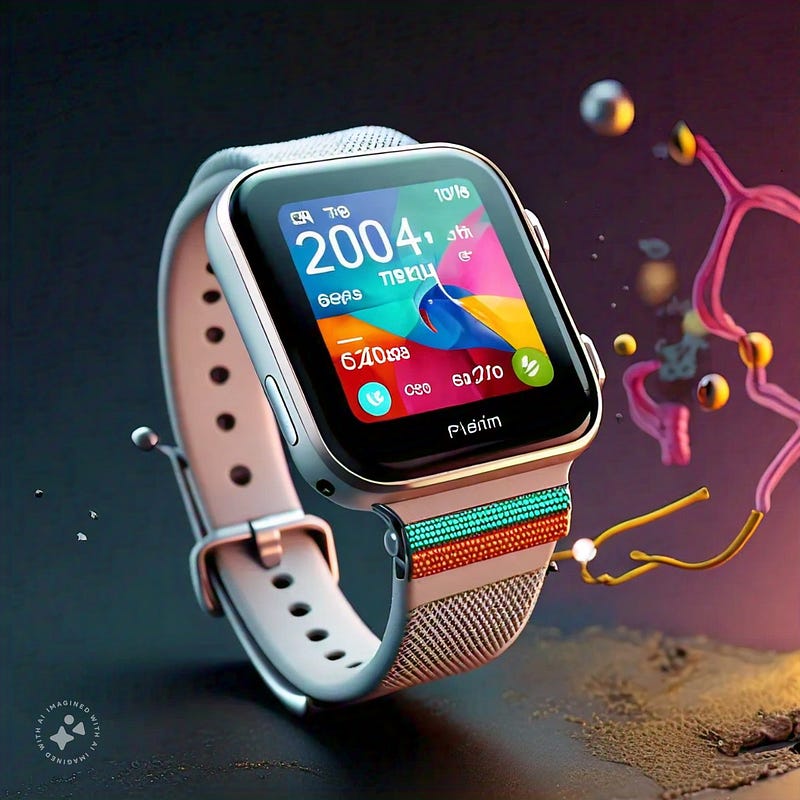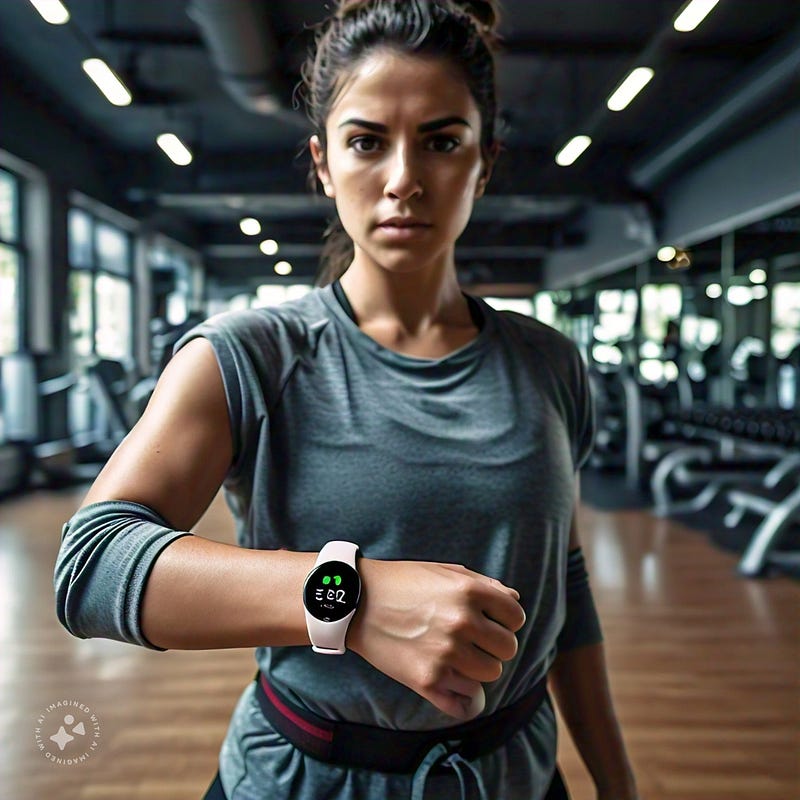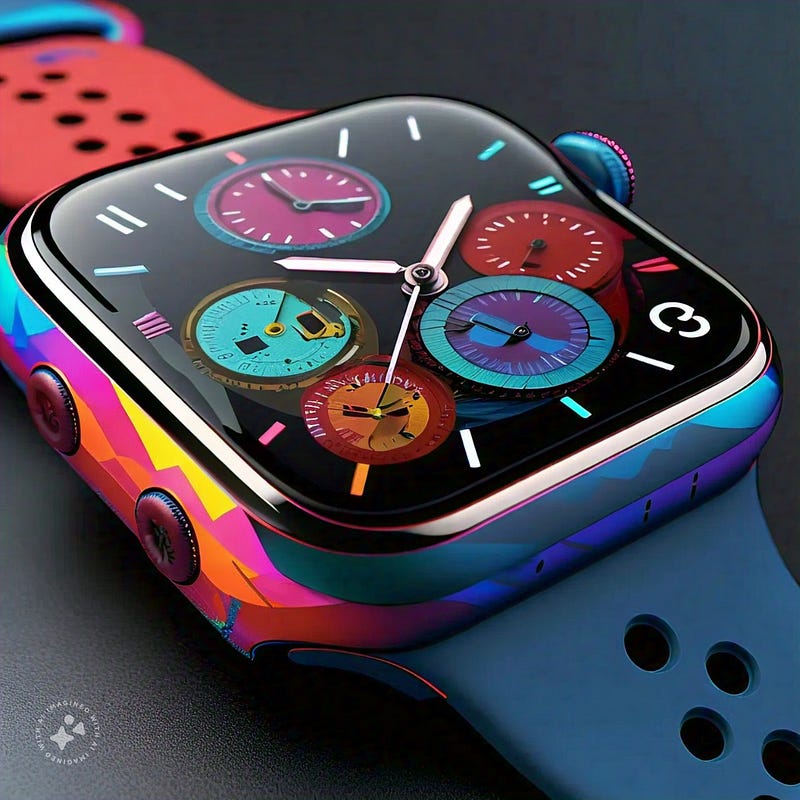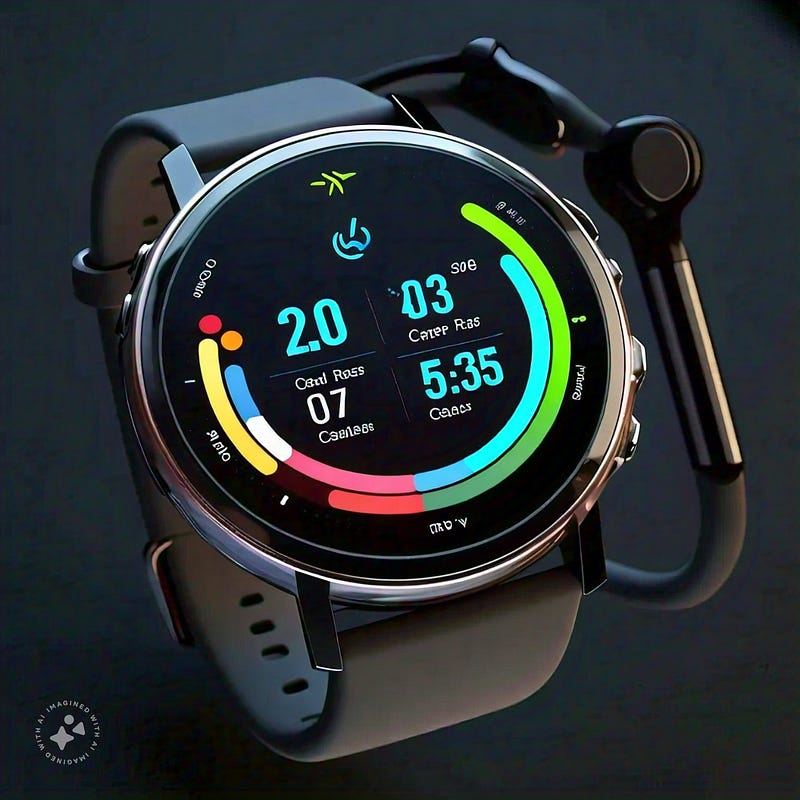🚀📱Fitness Tracker Review: How to Use Technology to Reach Your Goals

In the age of technology, fitness goals are no longer bound by traditional routines or vague benchmarks. With fitness trackers, achieving health and fitness milestones becomes a journey of insight and precision. Whether you’re looking to build muscle, lose weight, increase your cardio endurance, or just maintain a healthy lifestyle, fitness trackers serve as personal trainers right on your wrist. This article dives into popular fitness trackers and apps and explains how they can help you reach your fitness goals.
1. Setting Your Foundation: Why Use a Fitness Tracker?

Fitness trackers provide measurable data that takes the guesswork out of health and exercise routines. They monitor heart rate, steps, calories burned, sleep quality, and even your VO₂ max (aerobic capacity). When you use a tracker, you’re essentially turning your body’s biofeedback into actionable insights. They help you stay accountable by providing visual evidence of your efforts and progress.
The best part? You’re not bound to any single device — fitness technology today is remarkably diverse, making it easy to find one that suits your lifestyle and needs. Here’s a review of the standout features of the most popular trackers, along with practical ways to use them effectively.
2. Top Fitness Trackers to Boost Your Health Journey

Let’s look at some top fitness trackers and apps in the market and what they offer:
A. Apple Watch Series (Fitness+ Integrated)
The Apple Watch has evolved into a robust fitness device, integrating seamlessly with the Apple Fitness+ program. This device tracks your heart rate, distance, steps, and includes workout categories for everything from HIIT to yoga. The device’s Activity Rings — Move, Exercise, and Stand — act as daily progress reminders. Closing all three rings gives a daily sense of achievement.
What sets it apart:
Apple Watch integrates with third-party fitness apps like Strava, MyFitnessPal, and Peloton, allowing for a personalized approach. Fitness+ offers guided workouts, where metrics such as heart rate and calories burned appear on the screen for real-time motivation.
B. Fitbit Charge Series (24/7 Heart Rate Monitoring)
Fitbit has earned a reputation as a reliable, user-friendly tracker. The Fitbit Charge Series monitors heart rate around the clock, tracks steps, and includes built-in GPS. The device also offers Sleep Stages, giving users insight into sleep quality by categorizing sleep into light, deep, and REM cycles. Fitbit’s app provides detailed weekly reports and compares progress over time.
What sets it apart:
Fitbit’s social features allow you to join fitness challenges with friends, adding a layer of friendly competition. Fitbit’s Premium service offers personalized insights, on-demand workouts, and a Health Metrics Dashboard.
C. Garmin Forerunner (Ideal for Runners)
Garmin Forerunner models are favored by runners and cyclists. These trackers focus on running metrics, like cadence, stride length, and ground contact time, and can analyze running form. Advanced models have incident detection, which alerts emergency contacts if it senses a sudden stop.
What sets it apart:
Garmin offers training plans, metrics to monitor, and adjustments based on performance data. The Garmin Coach feature creates custom workouts, while their Connect app allows users to analyze metrics post-workout.
D. WHOOP Strap (Built for Recovery)
WHOOP’s unique selling point is its emphasis on recovery and strain tracking, rather than activity alone. WHOOP assesses daily strain based on all physical activities, from workouts to routine tasks. Each night, WHOOP calculates Recovery based on your body’s heart rate variability, resting heart rate, and sleep performance.
What sets it apart:
WHOOP is best for those who value optimizing recovery. The app offers daily feedback on whether your body is ready for high-intensity activity or if it’s best to rest.
Discover the Nature’s Secret to Accelerating Weight Loss — Click Here to Learn More
3. Fitness Apps That Track and Motivate
Not ready to commit to a fitness device? Apps can deliver substantial fitness guidance with the convenience of your smartphone.
A. MyFitnessPal (Food Logging for Weight Goals)
MyFitnessPal is popular for logging food, exercise, and calorie tracking. By inputting meals, users see their macronutrient and micronutrient intake. It has a vast food database, which simplifies tracking. MyFitnessPal’s community forum is filled with user advice, recipes, and motivational posts.
B. Strava (Ideal for Cardio Enthusiasts)
Strava is known for its GPS tracking and community engagement. Strava logs routes for running, cycling, and other cardio workouts. The app ranks your performance by comparing it to past efforts and others on similar routes, fostering a community-driven atmosphere.
C. Headspace (Mindfulness Meets Fitness)
Headspace offers guided meditation and mindfulness practices, great for mental well-being. The app integrates with Apple Health, adding meditation as part of your fitness journey. By combining mental wellness with fitness, Headspace helps reduce stress, aiding physical recovery and motivation.
4. Maximizing Fitness Tracker Data for Real Results

Fitness trackers generate vast amounts of data, but their effectiveness hinges on interpreting that data to optimize habits. Here’s how:
A. Set Clear Goals
Rather than vague goals like “I want to get fit,” set specific, measurable ones. For instance, aim to close your Apple Watch Move Ring daily, or increase your steps to 10,000 each day with Fitbit.
B. Personalize Workouts
If your tracker offers heart rate zones, use them! Heart rate zones help you understand when you’re in a fat-burning zone or building aerobic endurance. WHOOP’s Recovery metric allows for daily workout modifications based on your body’s readiness.
C. Pay Attention to Sleep Data
Good sleep is essential for fitness. Trackers that monitor sleep cycles, such as Fitbit and WHOOP, can guide adjustments to your lifestyle or routines. Aim for consistent sleep and pay attention to REM and deep sleep metrics, both vital for muscle repair and overall recovery.
D. Use Social and Community Features
Fitness trackers often include social features or allow you to connect with friends. Competing in friendly challenges (Fitbit) or joining routes (Strava) builds accountability. Sharing your progress can also serve as a powerful motivator.
5. Overcoming Challenges with Fitness Trackers

Tracking can be an empowering habit but might also feel overwhelming. Here are a few strategies to maintain motivation and prevent data fatigue:
- Avoid Over-Analyzing: Focus on long-term trends rather than daily fluctuations. Day-to-day changes can reflect normal variance, while weekly trends show true progress.
- Celebrate Small Wins: Set smaller, achievable goals. Completing a single challenge or consistently hitting your daily step goal is worth celebrating.
- Engage in Restorative Activities: Recovery tools like WHOOP remind you that rest days are part of training. Days off prevent burnout and keep motivation high.
Conclusion: Embrace the Power of Tracking and Achieve Your Goals
Whether you’re a runner looking to improve pace, a yogi trying to find balance, or simply on a journey to better health, fitness trackers provide powerful, insightful data to support your goals. When used mindfully, fitness trackers don’t just record your steps; they mark your progress toward a healthier lifestyle.
Click Here to Claim Your Free Bonus of Refreshing Tea Remedies
Comments
Post a Comment